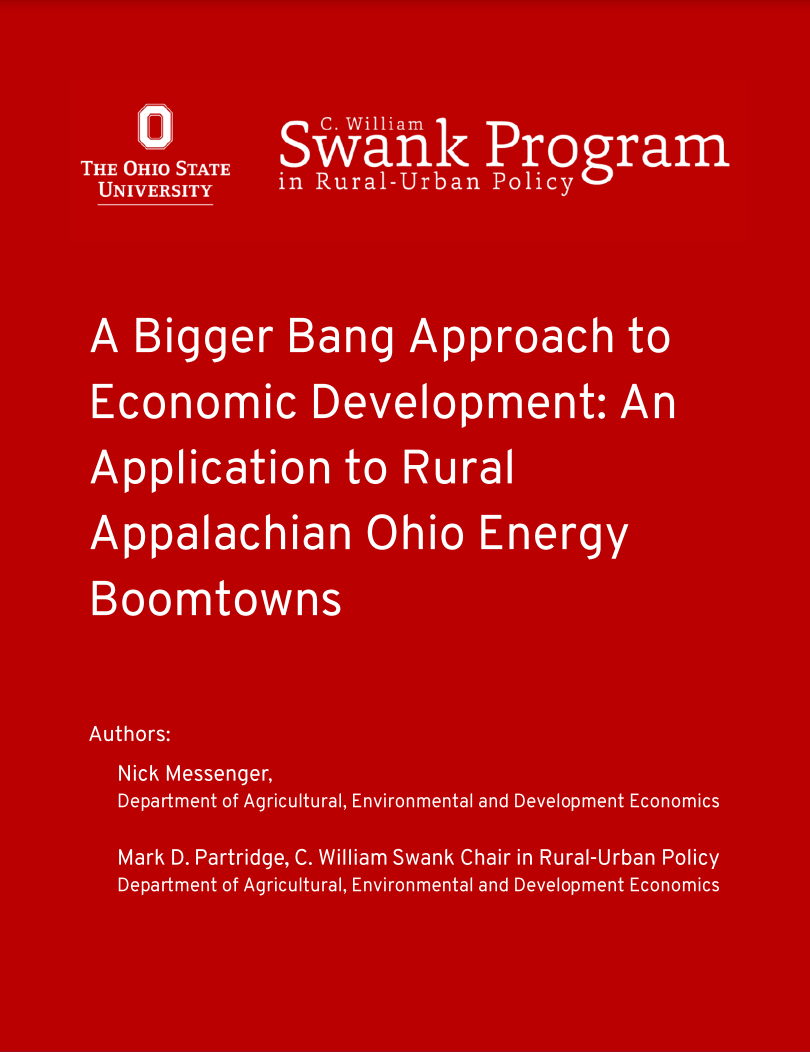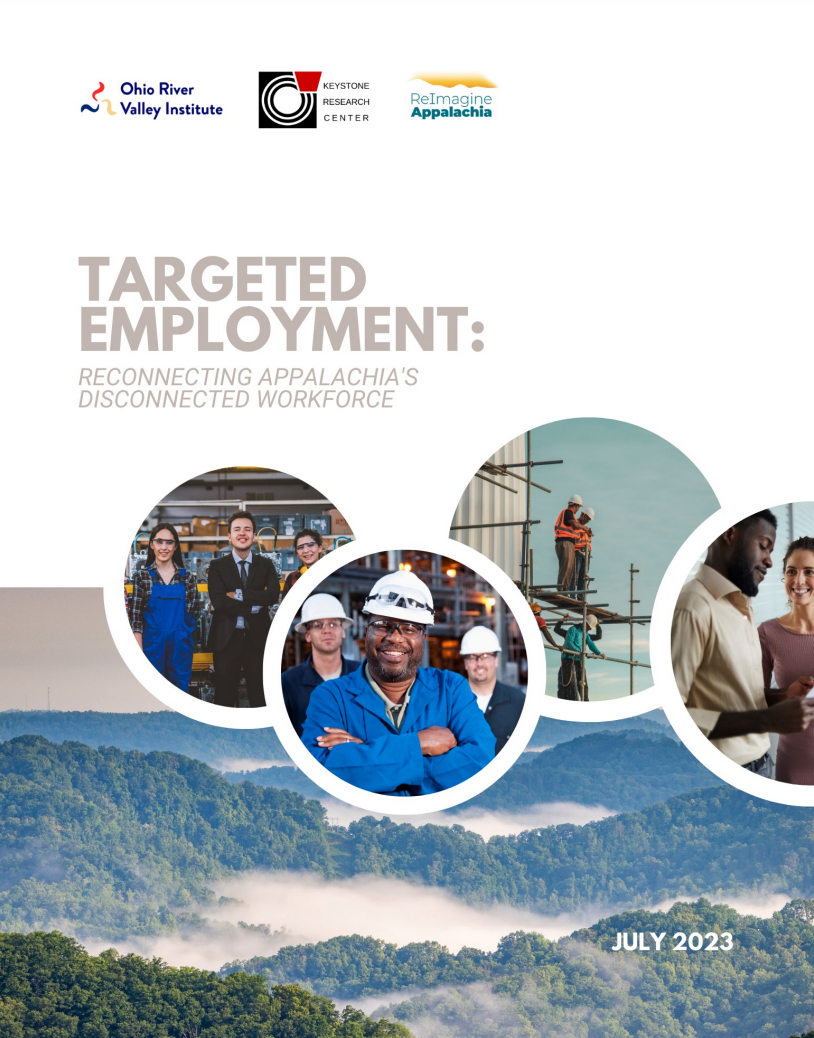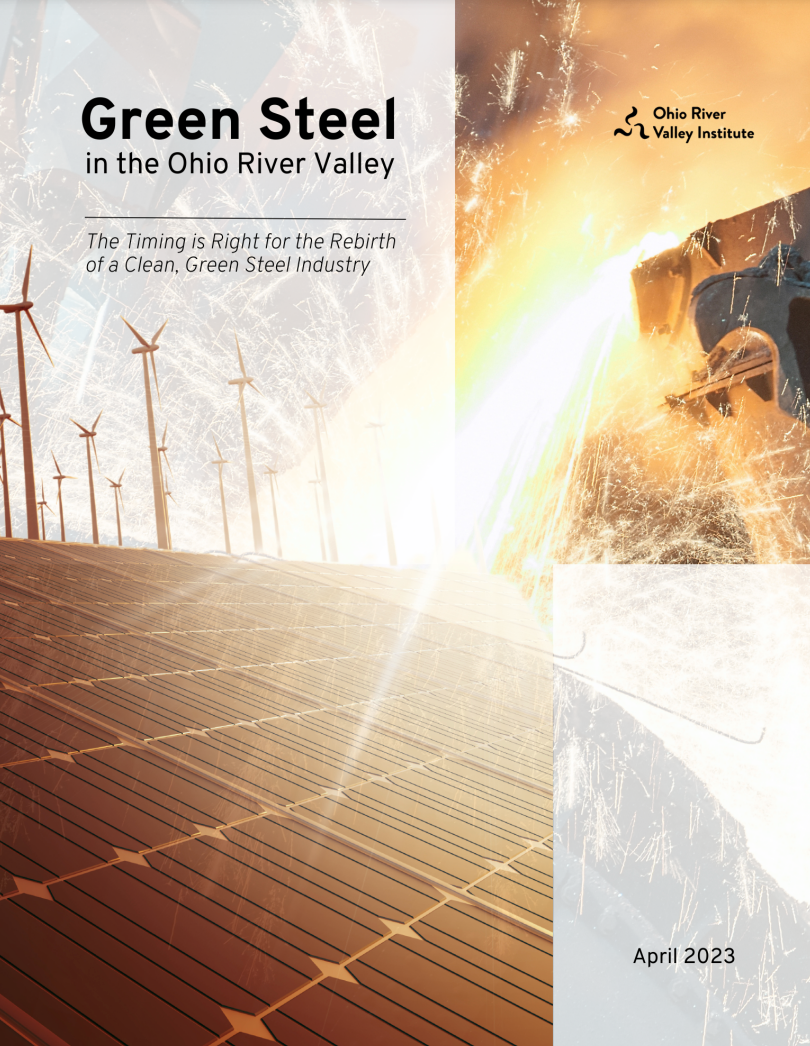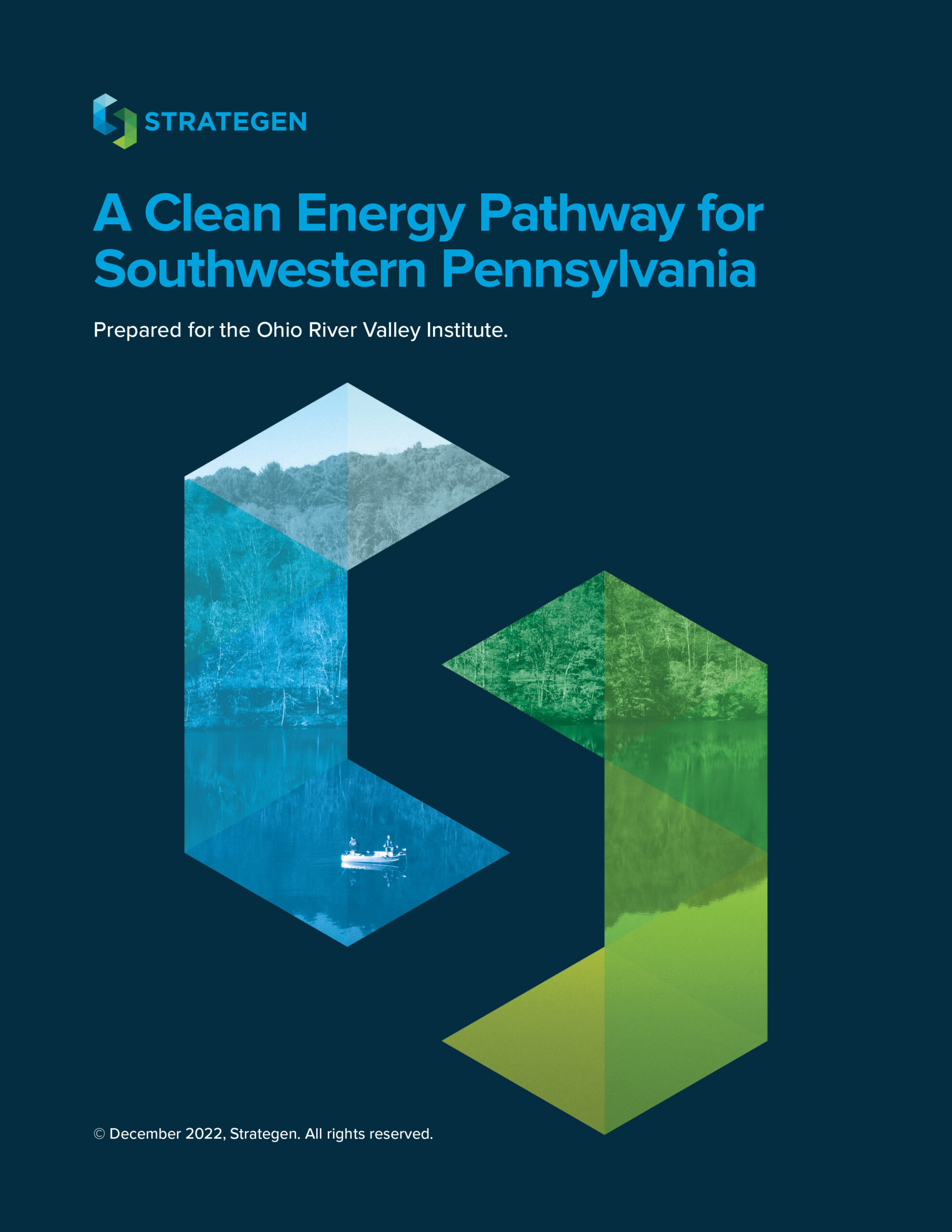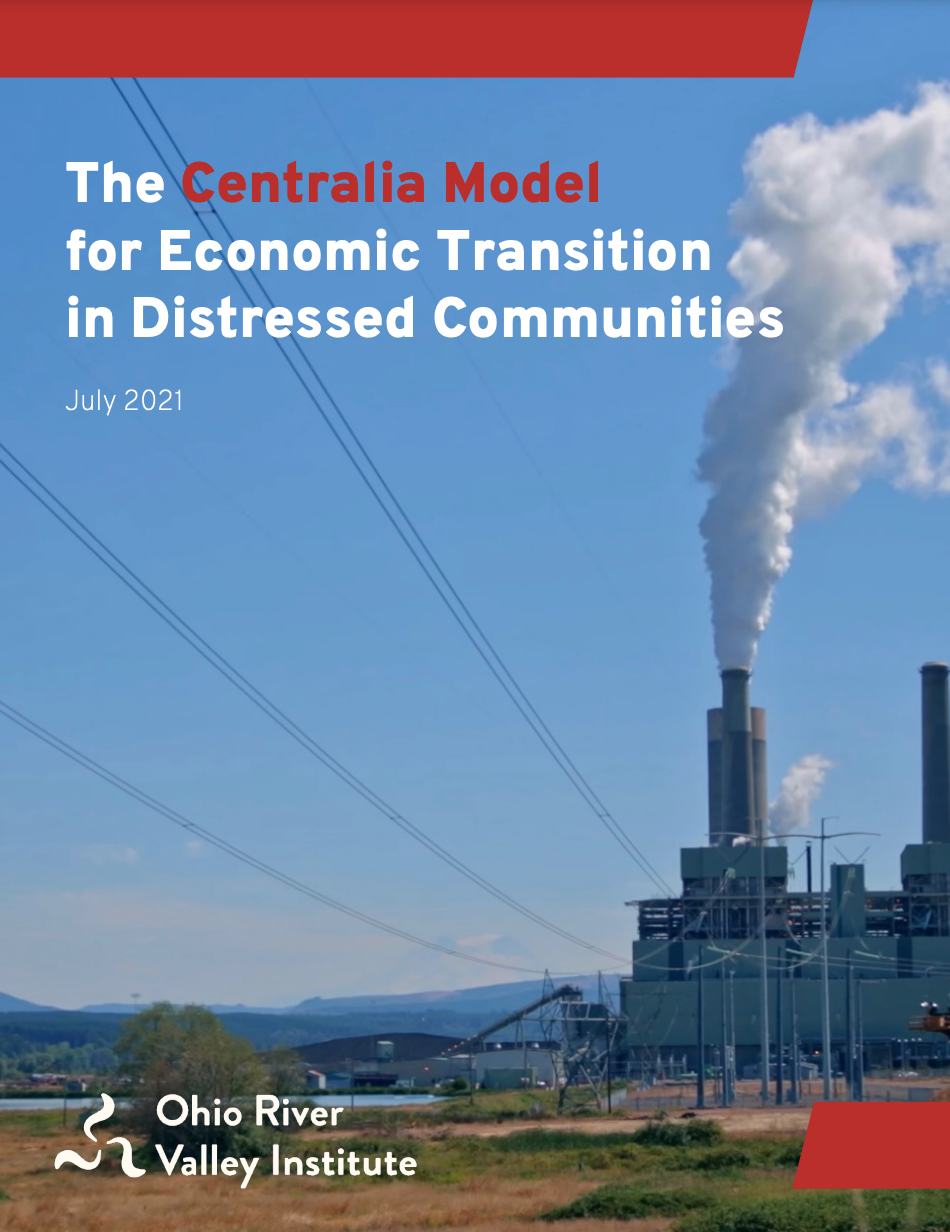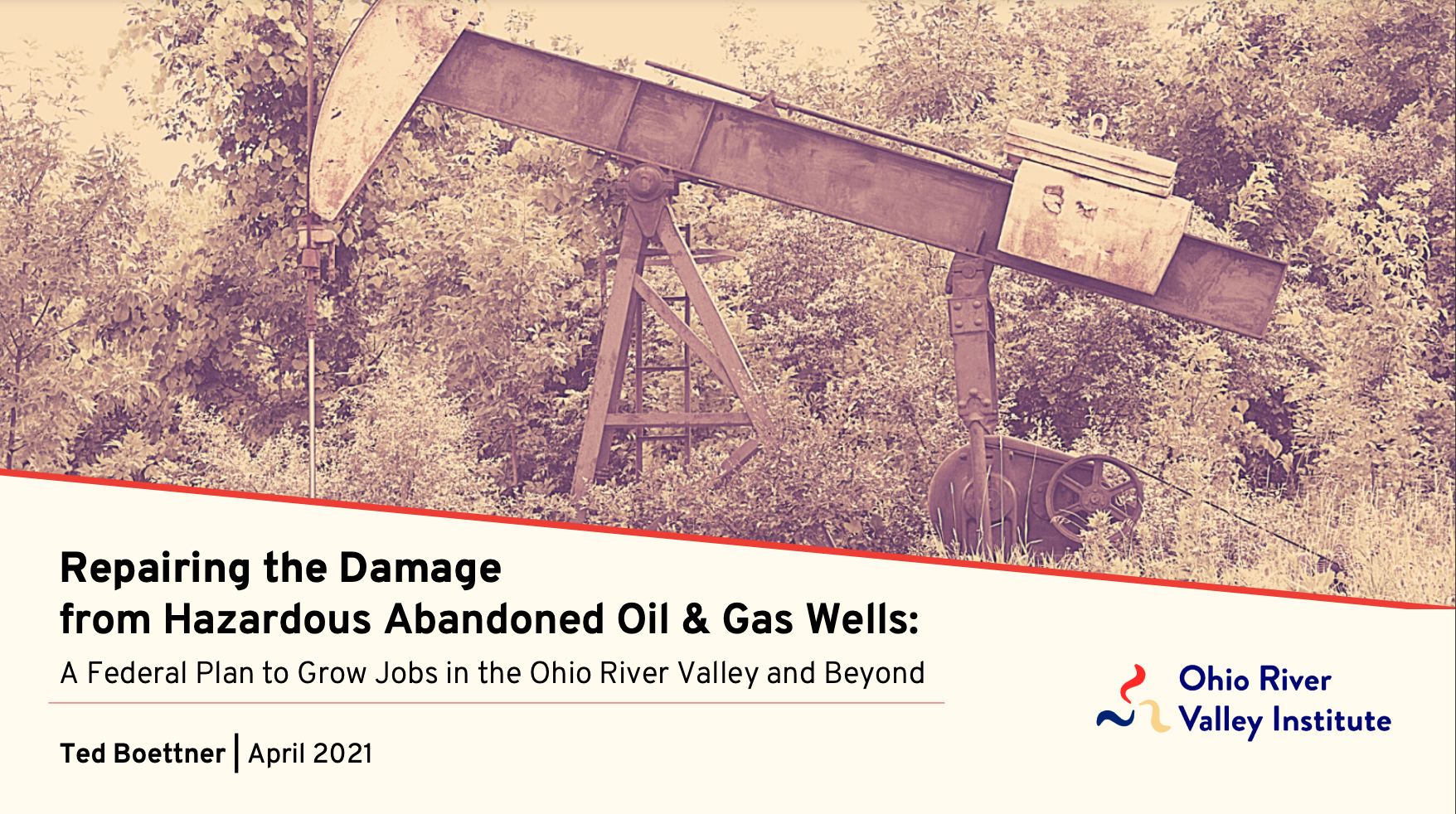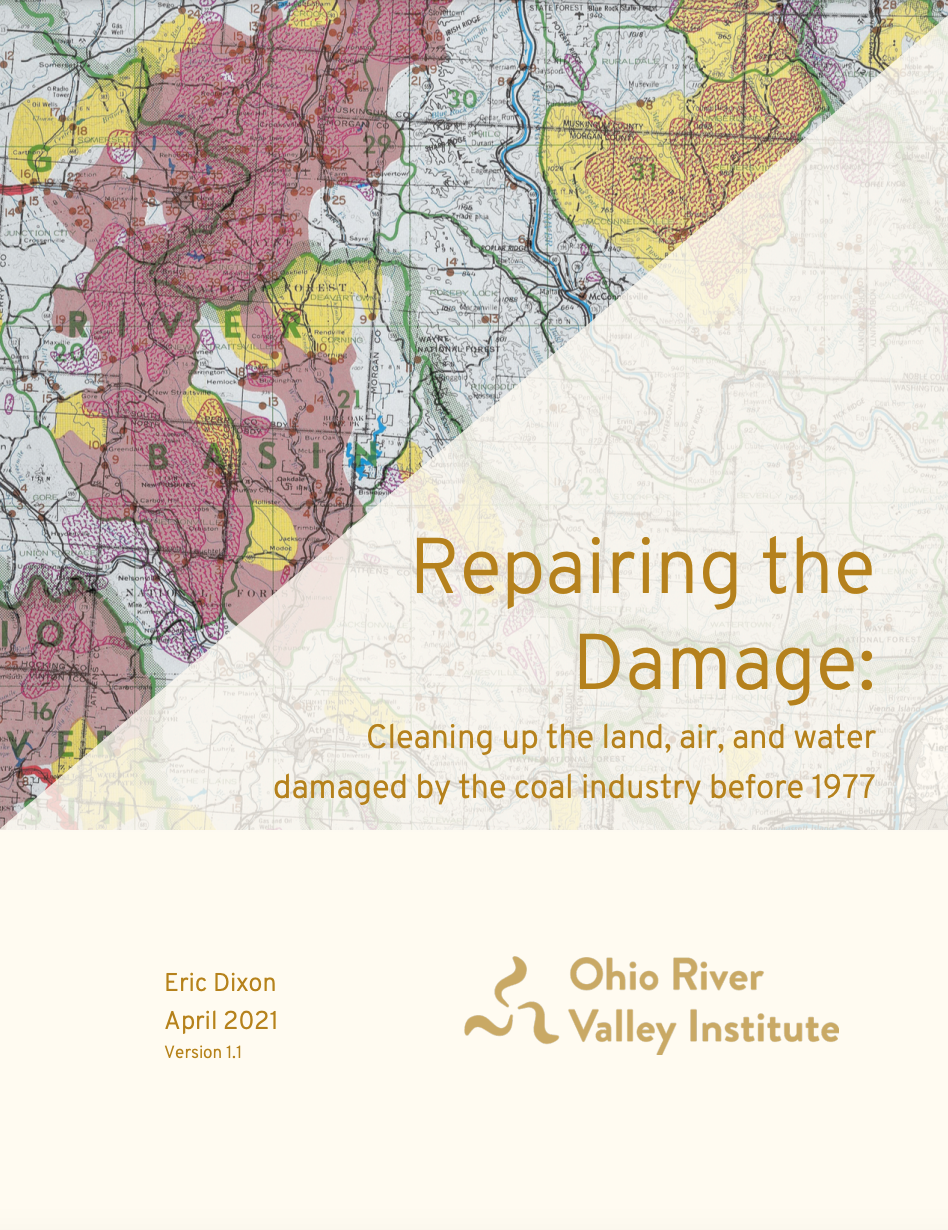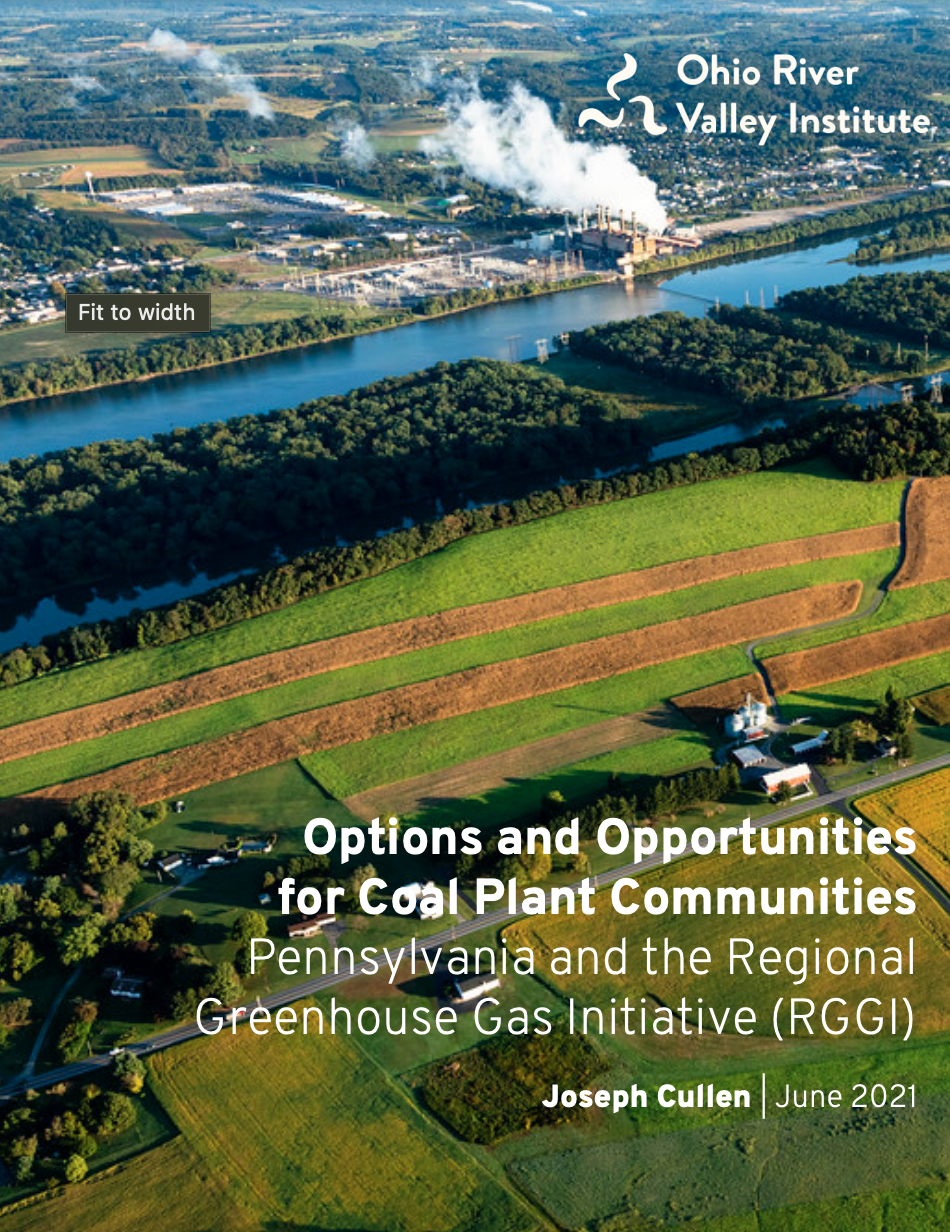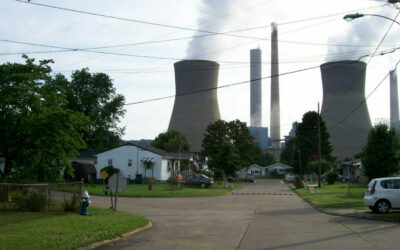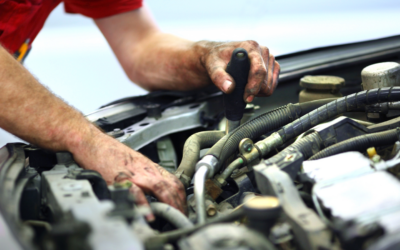Building Shared Prosperity & Clean Energy

Generations of fossil fuel development have hollowed out the Ohio River Valley economy, hemorrhaging jobs and accelerating population decline. Investing in the region’s energy transition is an opportunity to spur job growth and shared prosperity across the region.
Clean energy generation, energy efficiency retrofits, quality-of-life focused development, and large-scale initiatives to repair the damage from the oil and gas industry could create tens of thousands of jobs and revitalize long-struggling communities. Here’s how.
“A clean energy pathway for Western Pennsylvania is less costly, creates more jobs, and more effectively reduces climate-warming emissions relative to a pathway centered around natural gas and carbon capture.”
Reports:
All research on Shared Prosperity & Clean Energy:
Worker Housing: A Pressing Economic Development Need, an Important Economic Development Tool—The Case of Ohio
Economic growth—the expansion and enrichment of business activity—is a narrow goal, easy to explain and understand: “More jobs for the community.” Economic development—expansion and enrichment of a community—is a broader goal: hard to explain, often fraught...
ORVI Makes Waves at the 2022 Global Clean Energy Action Forum
Last week marked the close of the Clean Energy Ministerial’s inaugural Global Clean Energy Action Forum, a three-day conference on accelerating the transition to a clean energy economy. Billed as the “biggest energy event of the year,” the forum welcomed more than...
Report Preview: A Clean Energy Pathway for Western Pennsylvania
Transitioning to clean energy means job growth, shared prosperity, and a safer, cleaner future...
Coal Plant Community Playbook
An overview of federal, state, and local resources, as well as best practice examples, for communities facing coal-fired power plant retirements.
Here’s How Appalachian States Can Create “Good-Paying, Union Jobs” Cleaning Up Mines.
In March, Senator Joe Manchin (D-W.Va.) hosted the Secretaries of the Department of the Interior and the Department of Energy on a tour of West Virginia’s coalfields. After visiting a proposed steel mill in Mason County, they visited a center that educates the...
Can the Infrastructure Law Create “Good-Paying, Union Jobs” Cleaning Up Coal Mines? Not Without Policy Action.
“After decades of delay and decline, America’s workers stand ready to rebuild our country.” That’s what AFL-CIO President Liz Shuler said about the Bipartisan Infrastructure Law as she joined President Joe Biden in the Rose Garden. At the signing ceremony, the...
Building on What We Have
This is the first blog in a series of local economic development initiatives strengthening local economies and anchoring investment in Appalachian Communities of Ohio, Pennsylvania, West Virginia and Kentucky. Economic loss and community decline is generally...
RECOMPETE Act Offers Support for Realizing ReImagined Appalachian Communities
Last year, ReImagine Appalachia published an overview of Appalachian Regional Commission (ARC) funding since 1965. We highlighted that non-highway funding for ARC has declined about $650 million annually since the late 1970s and early 1980s—when parts of the...
Charting a Course for Appalachia’s Economic Transition
For generations, Appalachia has powered the nation’s industrial growth with our region’s bountiful reserves of coal, gas, and oil. Today, our communities are suffering the effects of that legacy of extraction—air and water pollution, rampant greenhouse gas emissions,...

